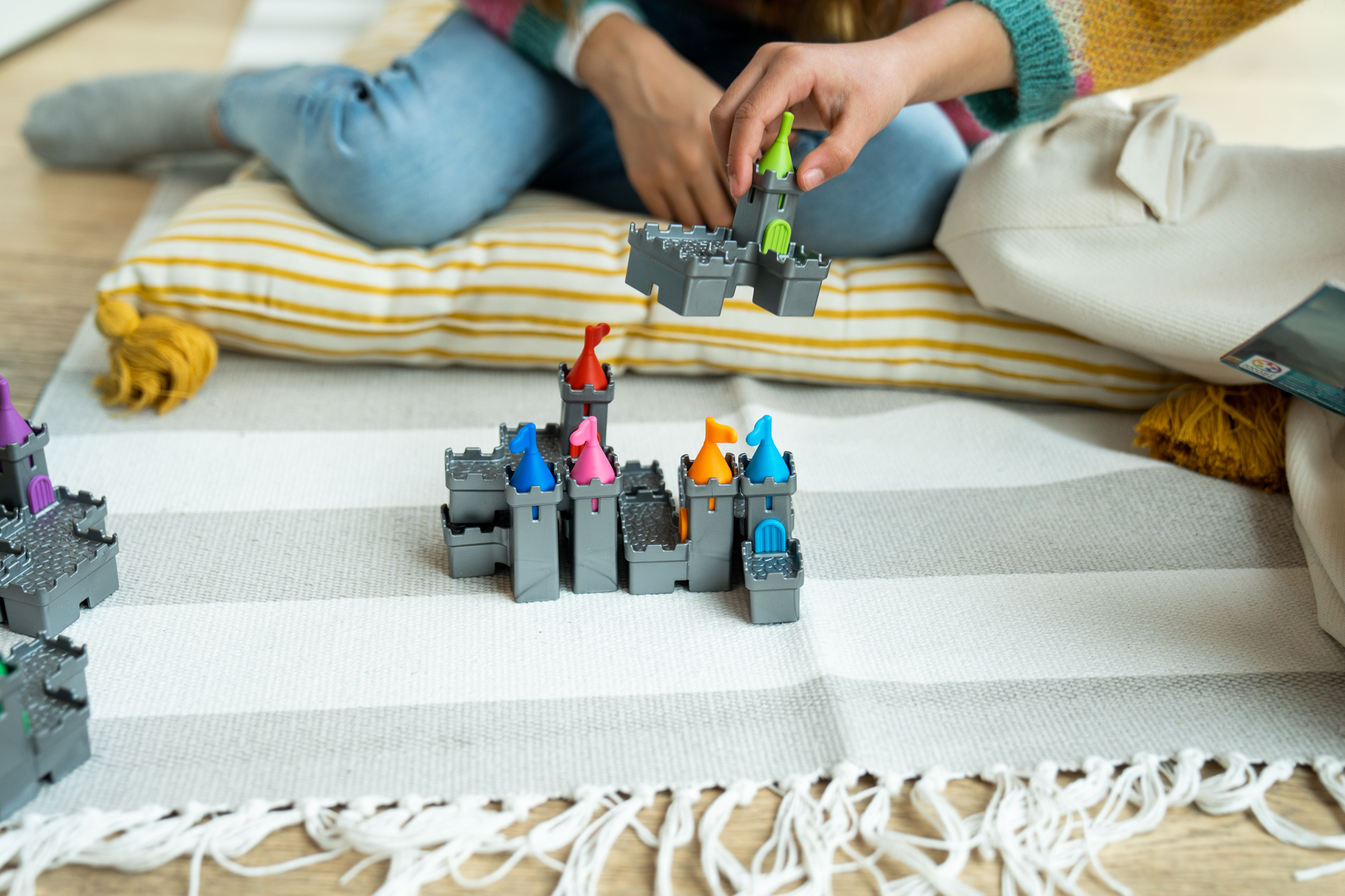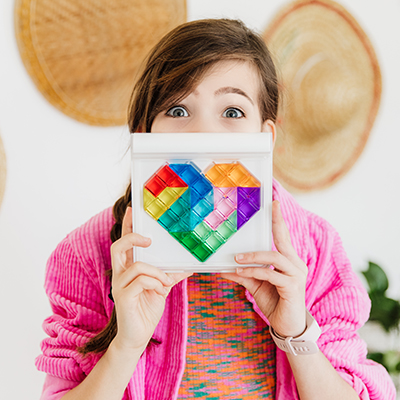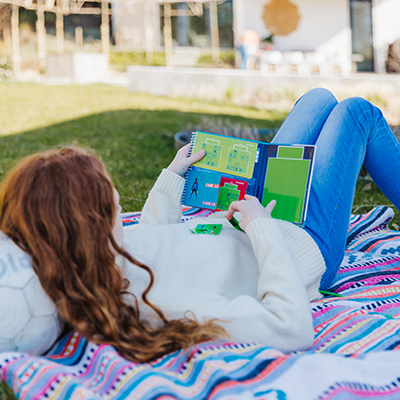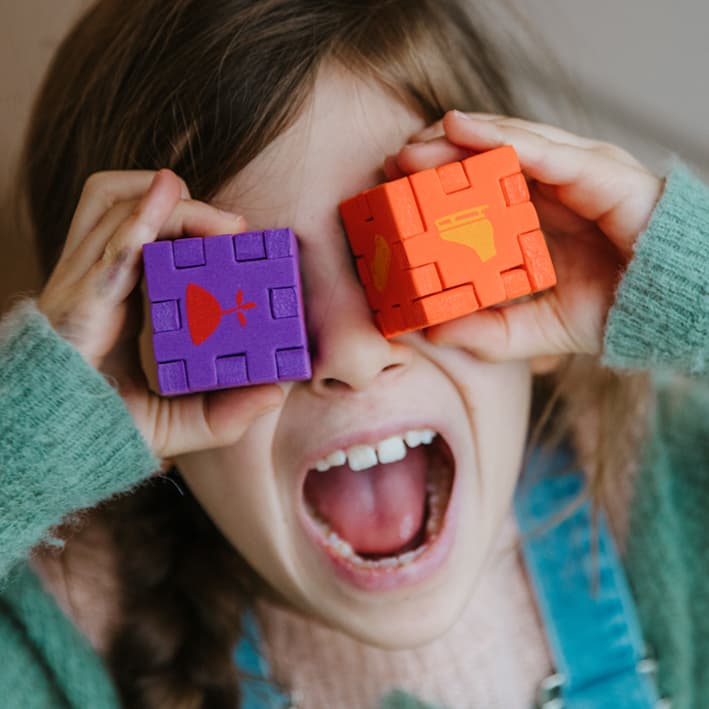The game mechanics behind SmartGames

There goes a lot of thinking in our games! Not only when playing, but also when creating them! Did you know that when making or designing SmartGames, we always take at least one of five special puzzle mechanics in mind? Can you figure out which games use what combination of the mechanics below?
Packing problem
We love ourselves a good packing problem! Packing problem puzzles are 2D or 3D puzzles where you need to fill the gameboard by using all your puzzle pieces. All pieces should fit the board. Usually, you have a begin situation where there are already a couple of pieces on the board, and you need to figure out where the other ones go. You do not know how the outcome will look like beforehand. These types of puzzles come in a range of difficulty levels, depending on the shape of the game board, the type of puzzle pieces and the start situation. Some lovely examples of packing problems are IQ Love, IQ Puzzler Pro, and Cube Duel.
Sequential movement puzzle
The goal of sequential movement puzzles is to bring puzzle pieces from one point to another. This sounds easy, but you need to keep the following order of how to bring those pieces to their end position in mind. The steps you make need to be in the correct order or you won’t be able to complete the puzzle. For example, Grizzly Gears, Anti-Virus, Squirrels go Nuts and JumpIn’ use this puzzle tactic.
Connection puzzle
Great examples of connection puzzles are Temple Connection, Little Red Riding Hood and Camelot Jr. In these games, you need to connect two or more points with each other. You do not always need all puzzle pieces, but the puzzle pieces you do use, have to link to each other.
Logic and deduction
In these types of games where logic and deduction are the main mechanic, game rules and instructions are particularly important. The instructions dictate the placement of the puzzle pieces and the criteria you need to meet to successfully solve the challenges. This is different from packing problems where the limiting factor is the shape of the puzzle pieces. Star examples are Diamond Quest and Snowwhite. Depending on the challenge in Pirates Crossfire, you can or cannot direct canons at your opponents to solve the puzzle.
Matching puzzle
With matching puzzles, you need to recreate an image or a situation. This means you know how the end result will look like, but now you need to figure out how to get to that result with the puzzle pieces on hand. Colour code, Peek-A-Zoo and Bunny Boo use matching puzzle mechanics. For example, in colour code, you need to first select the puzzle pieces you think you need, and then stack them up one by one in the correct order and orientation to get to the correct result.
Combinations
Most SmartGames offer a combination of these mechanics to keep games interesting. Take for example IQ Circuit. This pocket-sized puzzle is a combination of a connection puzzle with a packing puzzle. Another example of a game that combines two mechanics is Shooting Stars. It combines matching puzzle mechanics with logic and deduction. Brain Train combines 4 game mechanics: It’s a matching-, packing-, logic- and connection puzzle.
What is your favourite type of puzzle? Let us know via @smartgamessocial !

















